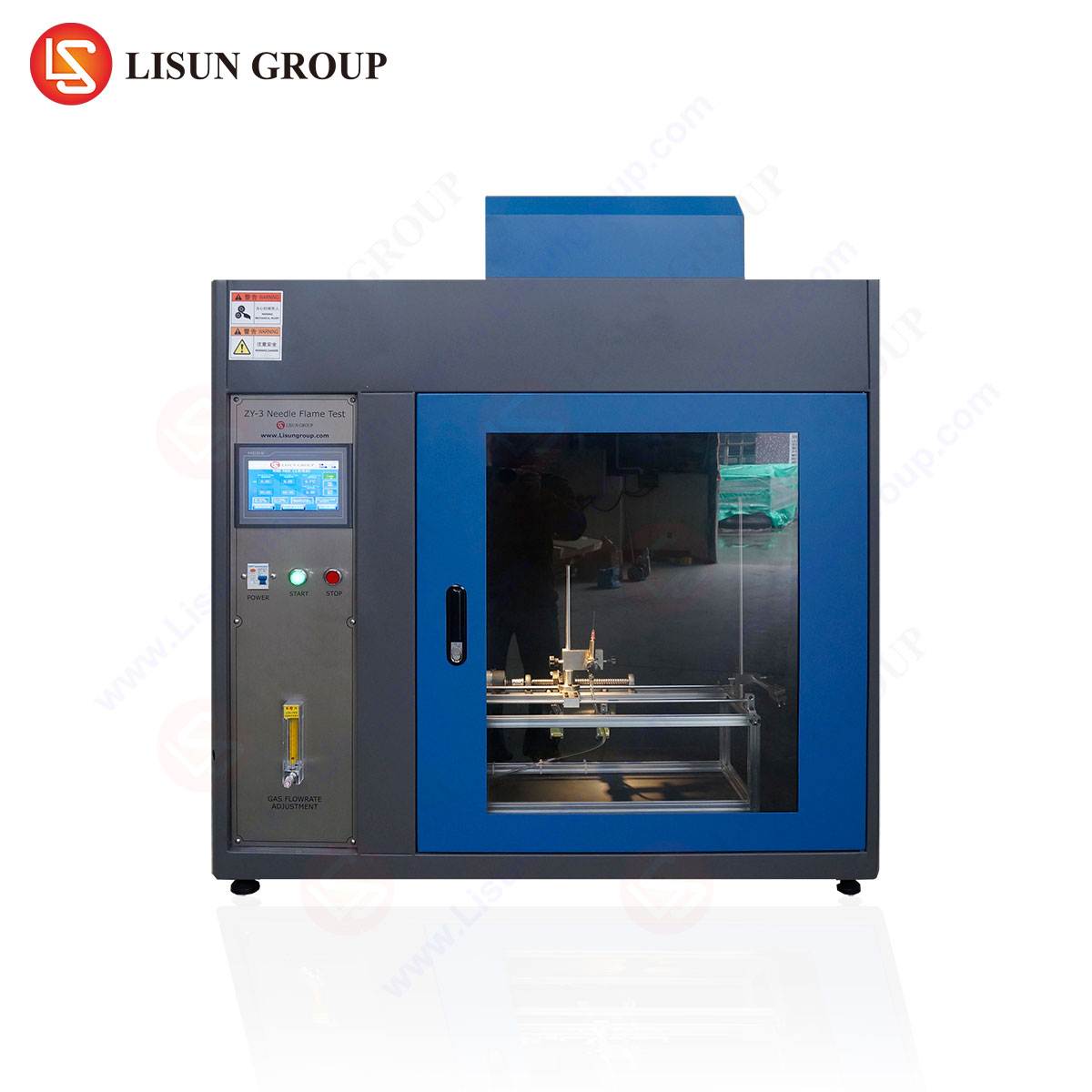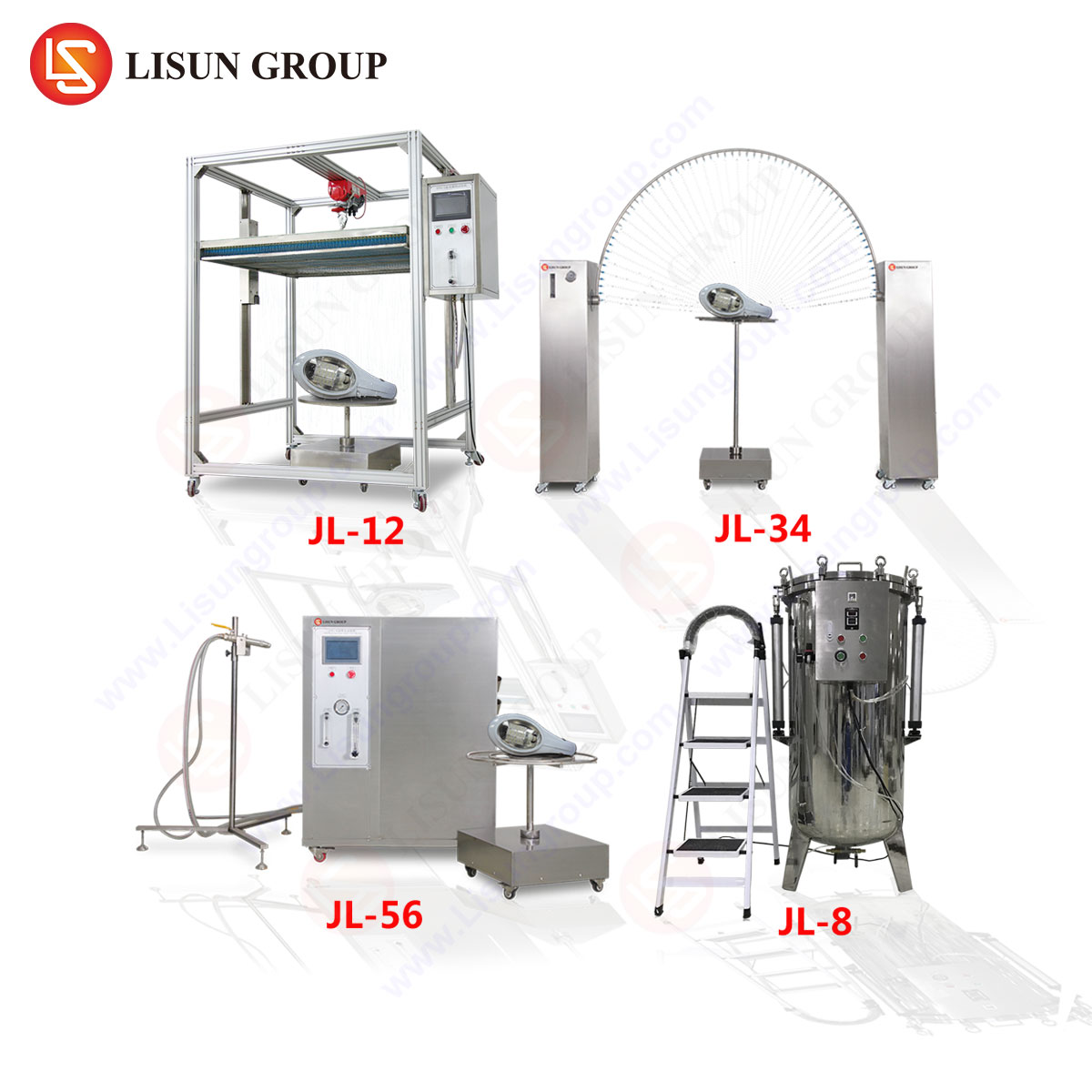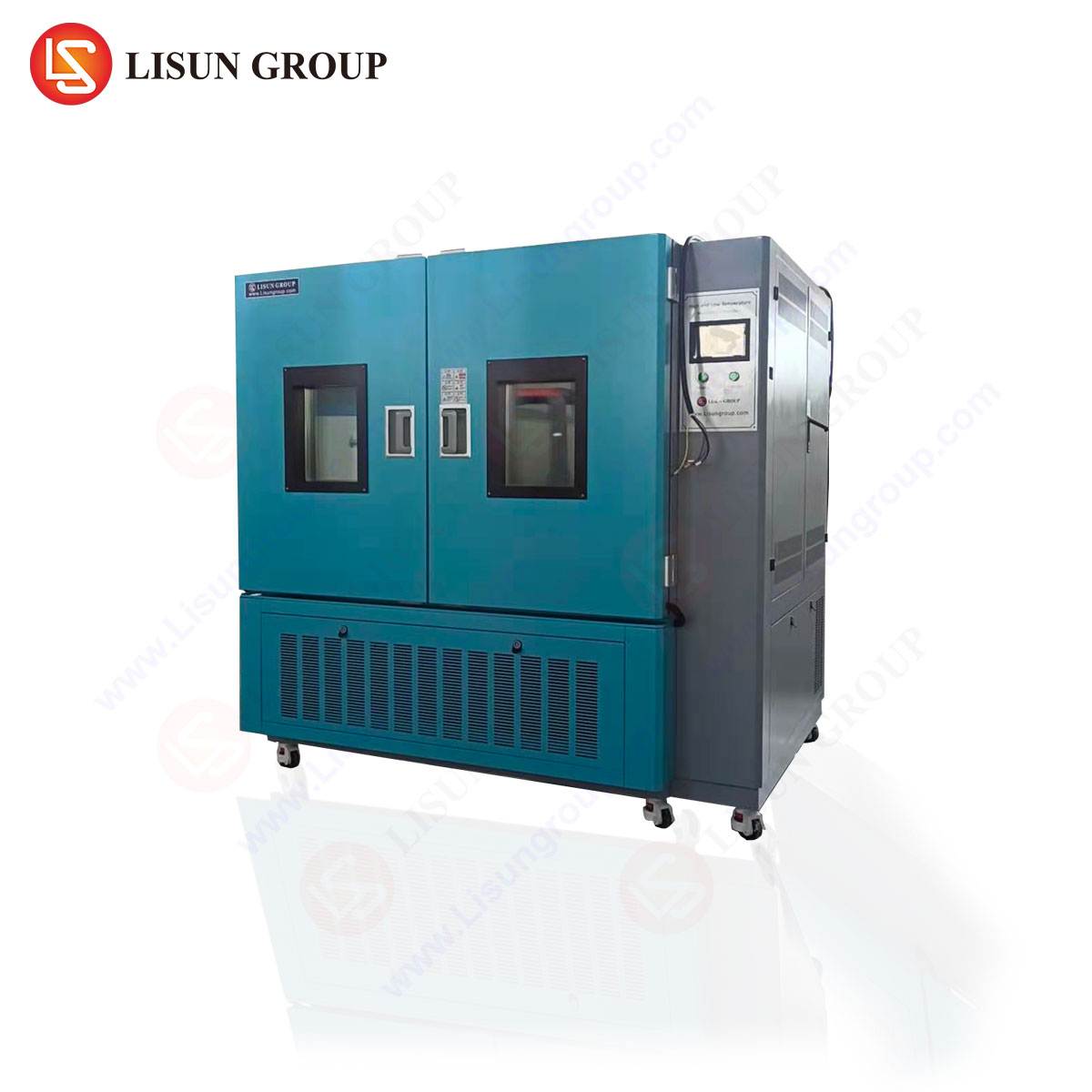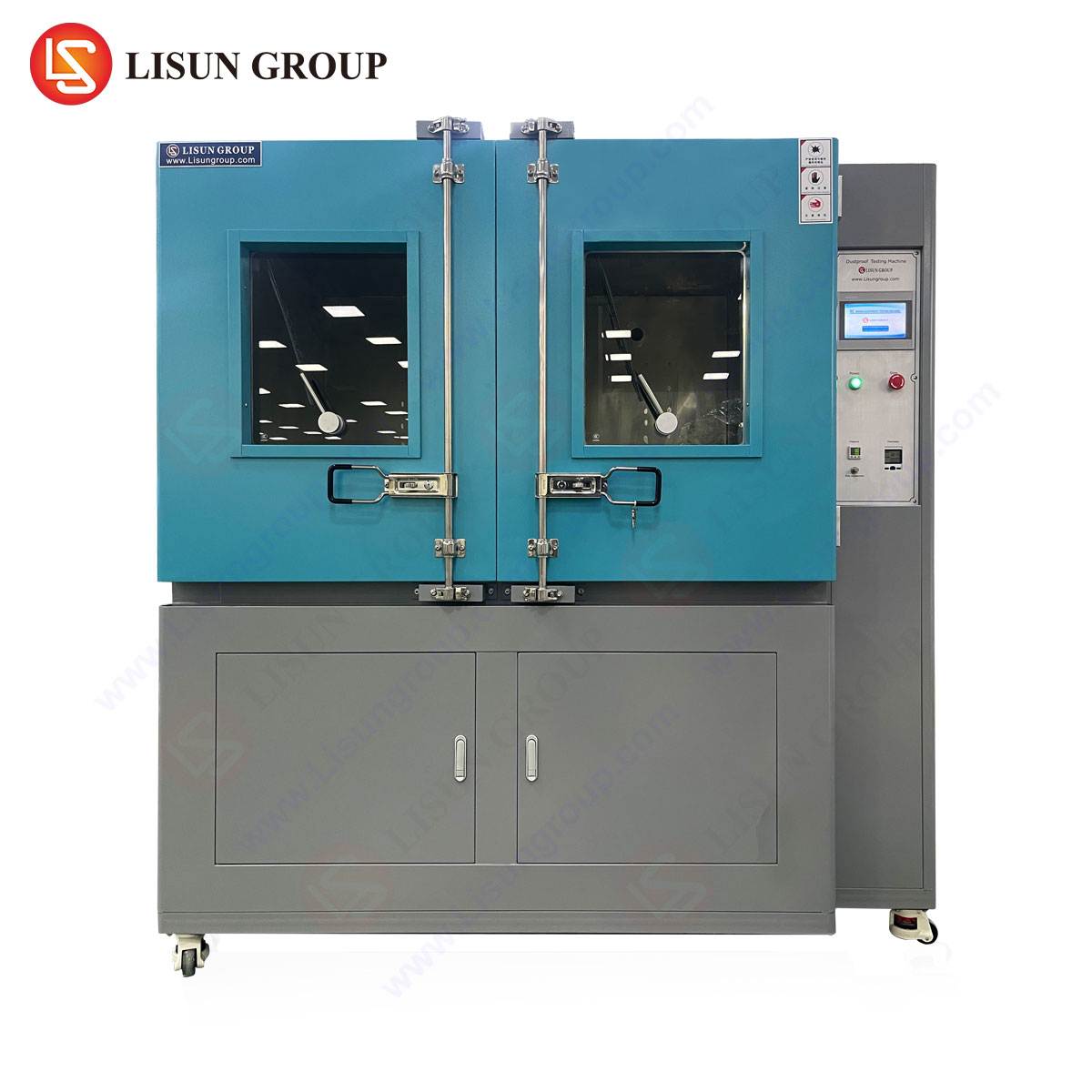Introduction to Glow Wire Testing and Its Regulatory Importance
Glow wire testing is a critical evaluation method used to assess the flammability and thermal endurance of materials and components in electrical and electronic equipment. The test simulates thermal stress caused by overheated or faulty components, ensuring compliance with international safety standards such as IEC 60695-2-10, IEC 60695-2-11, IEC 60695-2-12, and IEC 60695-2-13. These standards define specific test temperatures, procedures, and acceptance criteria to evaluate ignition resistance, flame spread, and self-extinguishing properties.
Industries such as household appliances, automotive electronics, and medical devices rely on glow wire testing to mitigate fire hazards. The LISUN ZRS-3H Glow-wire Test Apparatus is a precision instrument designed to meet these stringent requirements, offering controlled temperature application and repeatable results.
Principles of Glow Wire Testing: Methodology and Instrumentation
The glow wire test involves heating a nichrome wire to a predetermined temperature (typically between 550°C and 960°C) and applying it to a test specimen for a specified duration. The specimen’s reaction—ignition time, flame duration, and material deformation—is recorded to determine compliance.
The LISUN ZRS-3H Glow-wire Test Apparatus employs a PID-controlled heating system to maintain temperature stability within ±2°C, ensuring accuracy. Its integrated thermocouple measures the wire temperature in real time, while a mechanical arm applies consistent pressure (1.0N ± 0.1N) to the specimen. The apparatus complies with IEC, UL, and GB/T standards, making it suitable for global certification processes.
Temperature Gradients and Material Classification
Glow wire test temperatures are selected based on the material’s end-use environment. For example:
- 550°C–650°C: Components in office equipment or low-power consumer electronics.
- 750°C–850°C: Household appliance enclosures or automotive wiring systems.
- 960°C: High-risk industrial control systems or aerospace components.
Materials are classified as:
- GWIT (Glow Wire Ignition Temperature): The lowest temperature at which a material ignites.
- GWFI (Glow Wire Flammability Index): The highest temperature at which a material does not propagate flames.
The LISUN ZRS-3H facilitates precise temperature calibration, critical for distinguishing between material grades.
Industry-Specific Applications of Glow Wire Testing
Electrical and Electronic Equipment
Circuit boards, connectors, and insulating materials must resist ignition from internal overheating. The LISUN ZRS-3H verifies compliance with IEC 62368-1 for IT and AV equipment.
Automotive Electronics
Wiring harnesses and control modules undergo testing at 850°C to meet ISO 20653 and LV 312-2 standards.
Medical Devices
Enclosures for diagnostic equipment are tested at 750°C to ensure patient safety under fault conditions.
Aerospace and Aviation
Cabin components and electrical conduits require 960°C testing per DO-160 and Airbus ABD0031 specifications.
Competitive Advantages of the LISUN ZRS-3H Glow-wire Test Apparatus
- Precision Temperature Control: PID-regulated heating minimizes fluctuations, critical for GWIT/GWFI determination.
- Automated Test Sequencing: Reduces operator error with programmable test cycles.
- Multi-Standard Compliance: Validates results against IEC, UL, EN, and GB/T in a single platform.
- Durability: Constructed with high-temperature alloys for prolonged use at 960°C.
Case Study: Glow Wire Testing in Household Appliance Manufacturing
A leading manufacturer of kitchen appliances used the LISUN ZRS-3H to evaluate polymer enclosures for toasters and blenders. Testing at 750°C confirmed compliance with IEC 60335-1, reducing non-conformance rates by 22% during certification audits.
Frequently Asked Questions
Q1: What is the maximum test temperature supported by the LISUN ZRS-3H?
The apparatus supports temperatures up to 960°C, covering all requirements under IEC 60695-2-12.
Q2: How does the LISUN ZRS-3H ensure consistent pressure application?
A calibrated mechanical arm applies 1.0N ± 0.1N via a weighted lever system, per IEC 60695-2-10.
Q3: Can the apparatus test irregularly shaped components?
Yes, adjustable specimen holders accommodate non-planar geometries such as switches and sockets.
Q4: What maintenance is required for prolonged accuracy?
Monthly thermocouple verification and annual recalibration are recommended.
Q5: Does the LISUN ZRS-3H include data logging capabilities?
An optional software module records temperature profiles, ignition times, and flame durations for traceability.







